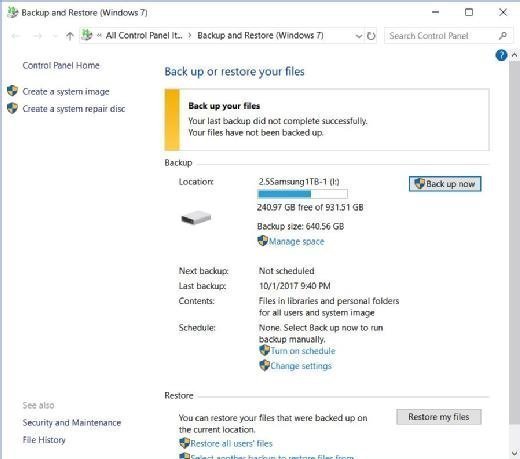

He founded PCWorld's "World Beyond Windows" column, which covered the latest developments in open-source operating systems like Linux and Chrome OS. He also wrote the USA's most-saved article of 2021, according to Pocket.Ĭhris was a PCWorld columnist for two years. Beyond the web, his work has appeared in the print edition of The New York Times (September 9, 2019) and in PCWorld's print magazines, specifically in the August 2013 and July 2013 editions, where his story was on the cover. With over a decade of writing experience in the field of technology, Chris has written for a variety of publications including The New York Times, Reader's Digest, IDG's PCWorld, Digital Trends, and MakeUseOf. Chris has personally written over 2,000 articles that have been read more than one billion times-and that's just here at How-To Geek.

A server or other mission-critical computer could be configured and a system image created to restore the software to that specific state.Ĭhris Hoffman is the former Editor-in-Chief of How-To Geek. These types of images can also be used by system administrators, who could roll out a standard system image on different PCs across their network. Of course, if both drives can fit in your computer at once, you may be better off using a system imaging program to copy the contents of your hard drive directly to the SSD rather than creating a system image backup and then restoring from that, which will take twice as long. This will migrate your entire operating system to the SSD. You can create a system image of your computer's hard drive, swap the drive out for an SSD, and then restore that image to the SSD.
#Windows backup image upgrade#
For example, let's say you want to upgrade your computer's hard drive - maybe you're upgrading from a slower mechanical hard drive to a speedy solid-state drive.
#Windows backup image how to#
Related: How to Migrate Your Windows Installation to a Solid-State Drive System images are just one of the many back up tools included in Windows. For maximum compatibility, you should use the same tool you used to create the system image to restore it. Windows itself creates system images that contain multiple files with the. Some system image programs use compression to shrink the system image's size by as much as possible, but don't count on saving much space in this way.ĭifferent system image programs use different types of system images. So, if you have 500 GB of space used on a 1 TB drive, the system image will be about 500 GB. The system image contains a complete snapshot of everything on the computer's hard drive at any given time. You then have a complete system image you can copy back onto a drive to restore the system state. A system imaging program looks at the hard drive, copying everything bit by bit. Related: 8 Backup Tools Explained for Windows 7 and 8Ī system image is a file - or set of files - that contains everything on a PC's hard drive, or just from one single partition. There are sometimes good reasons to do this, but they shouldn't be your regular backup strategy.
#Windows backup image mac os x#
Windows, Linux, and Mac OS X all have integrated ways to create system image backups.


 0 kommentar(er)
0 kommentar(er)
